Exploration on JPEG RF
Radiance fields, such as 3D Gaussian Splatting (3DGS) and Neural Radiance Fields (NeRF), enable the immersive representation of 3D scenes with high visual quality and have been proposed as an alternative to traditional techniques for novel view synthesis such as photogrammetry. NeRF and 3DGS methods can be employed in a wide array of applications ranging from augmented and virtual reality to medical imaging and autonomous driving. However, unlike regular images where an array of pixels acquired by a camera can be directly displayed, the pipeline for the creation, coding, and synthesizing images using radiance field techniques is substantially different.
The JPEG RF activity was initiated to provide a standard to allow for interoperability in applications requiring the use of radiance fields. Our scope is the creation of a coding standard for radiance fields, offering a compact representation for models enabling the immersive depiction of 3D scenes given a set of input images from different viewpoints. This standard shall accommodate modern radiance field generation and rendering techniques, efficiently coding models with high compression performance while minimizing the impact on the visual quality of the view synthesis process, with the goal of supporting a royalty-free baseline.
JPEG welcomes interested parties to visit the JPEG website frequently for the most up-to-date information and to subscribe to the JPEG RF mailing list in order to participate in the conversation.

